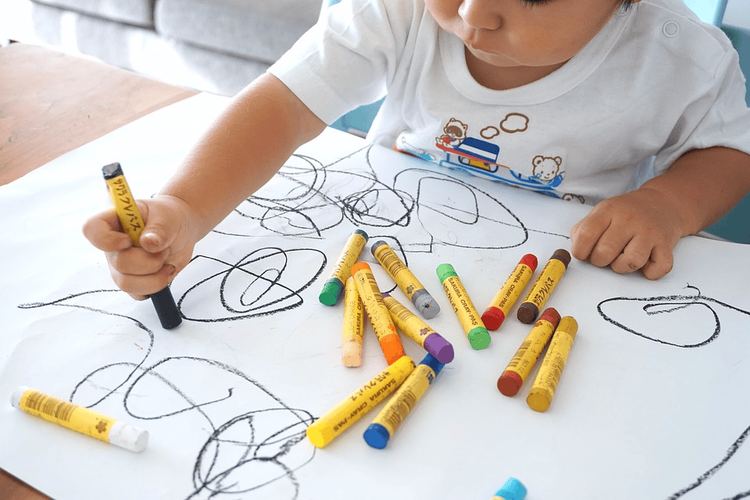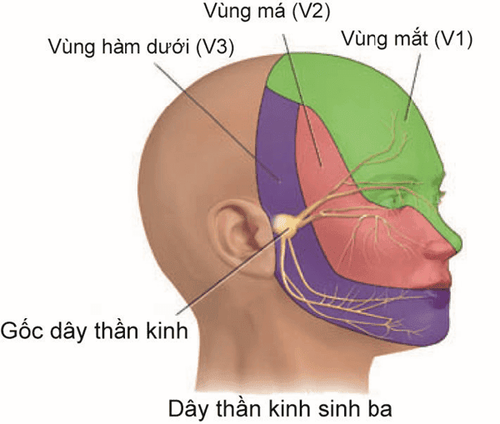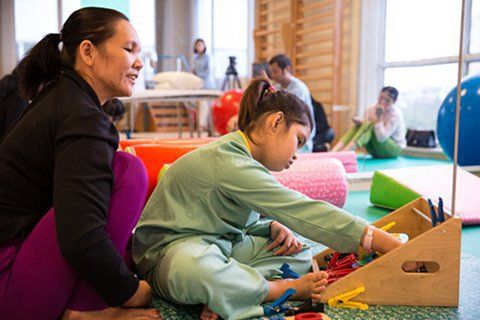This is an automatically translated article.
Humans can perceive and feel the world around them thanks to the information provided by the senses. Sensory conditioning exercises are performed to help correct abnormal behaviors of children such as children with autism, so that children can respond appropriately to information received from the outside, thereby gradually interacting with others. surroundings.1. What is sensory dysregulation? Causes of sensory dysregulation
Sensory disturbance is a phenomenon in which patients have impaired or lost sensory functions. In which, there are 5 senses that play an important role in helping people perceive stimuli of the external environment, including: touch, sight, hearing, taste and smell.There are many causes of sequelae of sensory dysregulation disorder, in which the main causes include:
In adults, the elderly: There are diseases that cause brain damage such as: encephalitis, stroke Cerebral vascular disease, brain neuron degeneration, brain tumor,...
In young children:
Congenital Children with cerebral palsy Children with autism Children with mental retardation
2. What is sensory conditioning exercise? Sensory conditioning exercises
Sensory conditioning is the application of special exercises related to the child's sensations, from touch, sight, hearing, taste, touch, balance, response to influences and phenomena. from the outside environment, thereby correcting abnormal behaviors of children - especially with autistic children, helping children respond appropriately to information received.Visual conditioning exercises The “limbic” system of the brain is the part that determines the sensory input received and delivered to attention, thereby deciding whether to do something with the information received. Research has shown that children with sensory dysregulation disorder, this system will not work well. Children will not take in observations that other normal people might perceive, they may sometimes stare at people or may also avoid making eye contact with others. Objects and toys are not as exciting as other children.
Visual conditioning exercises
Encourage children to participate in activities such as drawing, painting, cutting, threading, molding... or any activity that requires children to focus their eyes on so that they can orientation of the hand. Games with bright lights or toys with bright colors or with lights are very useful because they will have a strong impact on vision and contrast. Increase the use of eye contact in speaking, instructing, playing with your child, and providing additional verbal cues. It is necessary for children to play in a small room to help them stimulate concentration in activities.

Các hoạt động vẽ, sơn màu,cắt xâu,... có thể giúp trẻ điều hòa cảm giác thị giác
Apply exercises on movement and balance. Children need to participate in a variety of activities to keep them active throughout the day, stimulating sensory information so that children can perform functions appropriately. Children often won't sit still, so it's a good idea to let them work through some games to find a sense of lack before asking them to sit and focus. Movement activities that enhance the stimulation of the sense of movement and balance in children can be applied: Rolling, rolling to both sides High jump in place, jumping on springs, jumping rope, jumping over objects front bumper... Swinging by swing Hopping, spinning game, Cycling, sitting or rolling on a big ball, slightly seated pillow. Somatosensory conditioning exercise
Introducing heavy exercise or activities that require tactile attention is the most effective way to stimulate bone, joint, muscle and taste receptors body mind, senses.
The following exercises can be applied to strengthen the child's self-awareness and help the child learn to calm down and organize the entire nervous system stably:
Games that require movement such as jumping, running Carrying, pushing, pulling or wearing heavy objects such as bags, backpacks, toy boxes, rice bags, sand Crawling under tables, over pillows, into pipes, crawling in a straight line Jumping game: Plunge into large pillows, rugs, and cushions Creates tactile pressure such as: Placing heavy blankets on you while crawling or lying Gives your baby a sense of tactile pressure: Rolling into a blanket, pressure from a large ball or pillow) Stimulating activities that combine senses such as biting, chewing, blowing, sucking such as chewing crunchy food, using a straw to drink and playing blowing games: trumpet, whistle , straws...) Heavy work such as: shoveling sand... Assess the child's progress after each test, intervention
3. Notes when taking care of children with sensory regulation disorder

Bạn cần đặc biệt chú ý tới chế độ dinh dưỡng với trẻ rối loạn cảm giác
After the exercise, if the child has prolonged fatigue and the whole body has abnormal symptoms, then stop the exercise.
Building and caring for children with sensory disorders in a scientific way, paying special attention to the time of activities and nutrition:
Time to rest, exercise regularly Feed the children soft, easy-to-digest foods that provide enough protein, vitamins, minerals, and fiber, such as vegetables, limit the intake of foods high in cholesterol, salt, and starch. has great significance to help patients gradually interact with the world and the outside environment. Therefore, parents can consult a doctor to develop a plan for an intervention program of conditioning exercises at home.
Please dial HOTLINE for more information or register for an appointment HERE. Download MyVinmec app to make appointments faster and to manage your bookings easily.
Reference source: healthvietnam.vn












